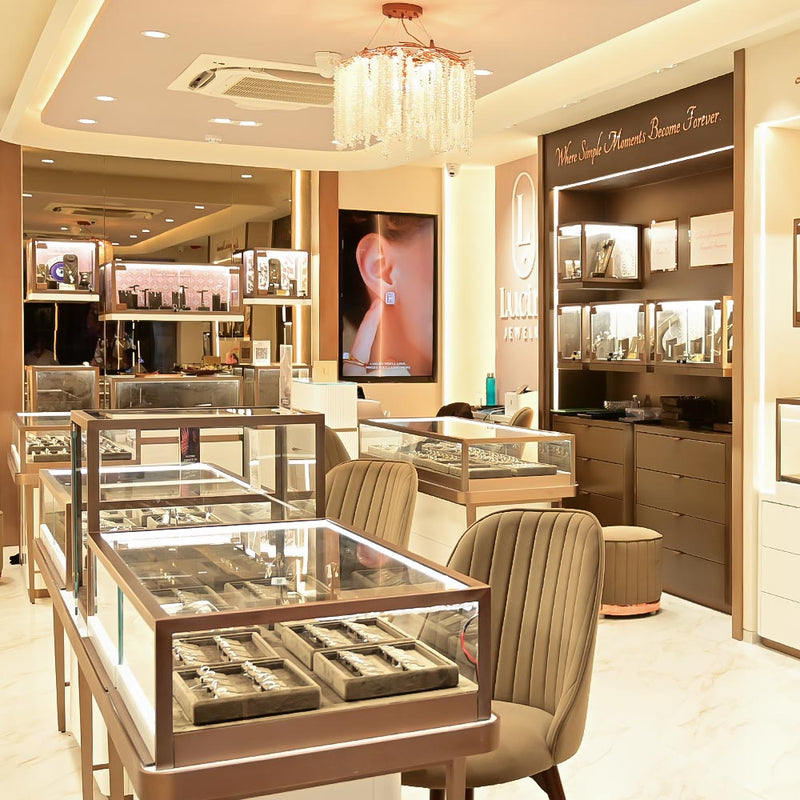We often imagine diamonds as ancient treasures, formed deep within the Earth, shaped by time, pressure, and nature itself, under a crushing weight, dug out from the deep. That’s the version you’ve been told for years, and it still holds a kind of sparkle. But now, there’s a new story unfolding, quieter, cleaner, and maybe more relevant to the world we live in today.
Lab Grown Diamonds aren’t knock-offs, fake or imitations. They're real diamonds. The only difference lies in where they begin their journey, and that journey, from a controlled Lab to a velvet-lined box in a luxury store, is a lot more fascinating than people often imagine.
A New Beginning
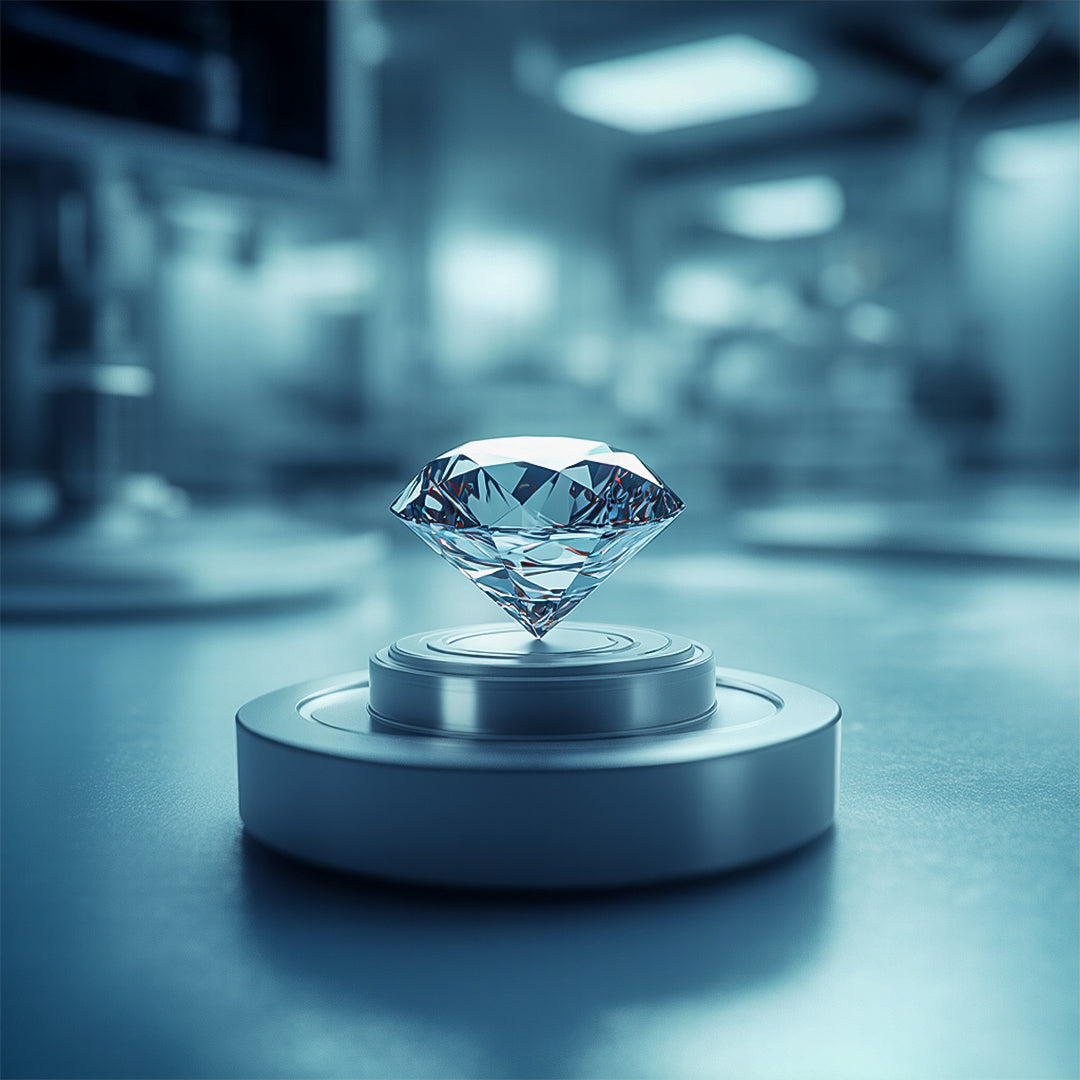
Everything starts with something small like a seed, so does a diamond. At first, it doesn’t look like much. Just a tiny slice of crystal, barely noticeable. But give it the right surroundings, a bit of time, and it starts turning into something far more precious and beautiful than it seems.
In a Lab, the process begins by mimicking what happens far beneath the Earth, temperatures and pressures that we’d never encounter in everyday life. It’s high-tech, but the goal is natural: grow a real diamond.
Depending on the method, either HPHT (High Pressure High Temperature) or CVD (Chemical Vapor Deposition), the approach changes, but the goal stays the same: encourage carbon atoms to bond in the exact structure that makes a diamond a diamond.
It’s oddly poetic, in a way. Where nature takes millions of years, the Lab does it in weeks. Still slow. Still precise. But far more intentional.
What’s produced at the end of that process isn’t a polished gem, it’s a rough diamond, unfinished and full of potential.
Where Craft Takes Over
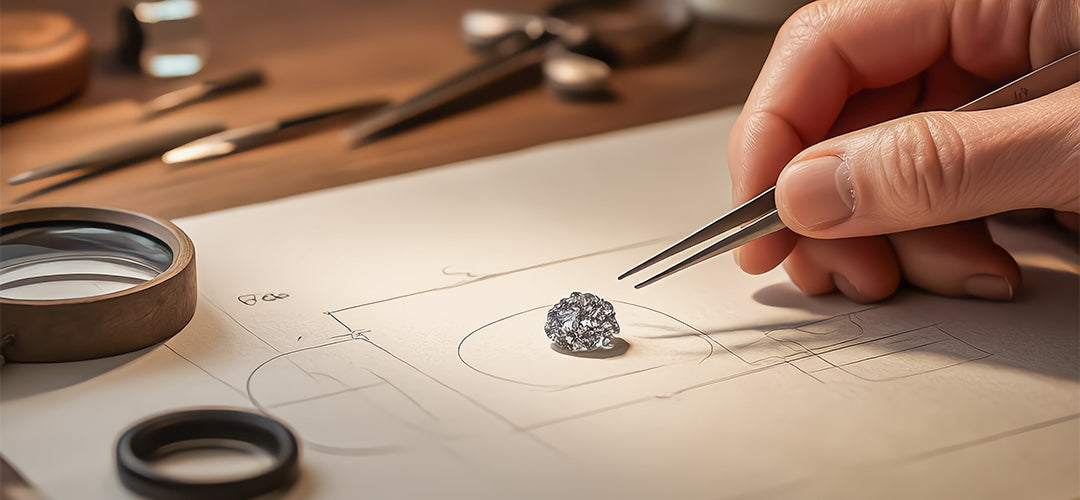
People don’t often talk about this stage, but it’s critical. The cutting and polishing is where rough becomes radiant. Precision is just the start, true brilliance requires vision. Someone has to look at that stone and see what’s possible inside it before even a single cut is made. Every angle has to be just right, every decision from where to cut, how to polish, how to maximize light, matters. One mistake can ruin the entire stone.
There’s something a little magical about it. One moment, it's a cloudy rock.
Then, little by little, it starts catching light. Suddenly, it has brilliance, fire and presence.That transformation is a quiet one, but it never stops being impressive.
Judged by the Same Standards
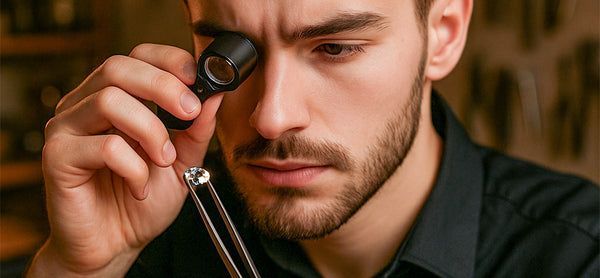
Once cut and polished, the diamond is sent to be graded, just like any mined diamond would be. The 4Cs still apply: Cut, Clarity, Color, Carat. Independent Labs like IGI and GIA handle the grading. There’s no shortcut for Lab Grown Stones, no separate category, the stone is assessed under the same microscope, by the same experts, using the same criteria. It’s one of the most important parts of the journey, not because it defines the diamond, but because it gives clarity to the person who’ll eventually wear it. It’s reassurance not just about quality, but about transparency.
A Cleaner Path
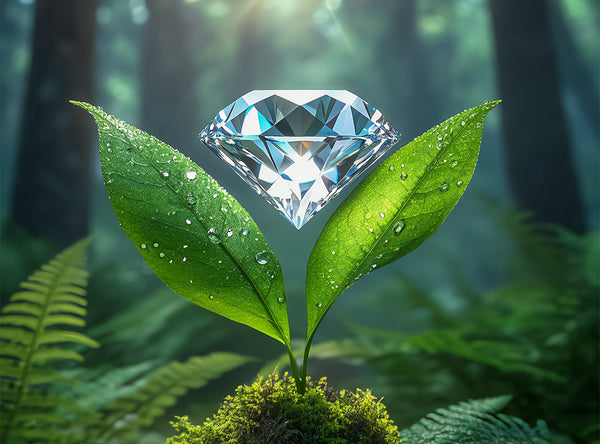
This is where things begin to shift.
Mining comes with a complex legacy. Beyond the environmental toll, from heavy water usage to land disruption, it also raises serious social and ethical concerns. Even with modern regulations, the traditional diamond supply chain has often lacked transparency, making it difficult to trace origins or ensure responsible sourcing.
Lab Grown Diamonds come from a completely different starting point. There’s no digging, no displacement, no ambiguity about where the stone came from. It was made in a Lab, under known conditions, using traceable materials.
That clarity has become increasingly important, not just to brands but to buyers.
People want to know the story behind what they wear. These days, people aren’t only buying with their eyes. They’re thinking about where things come from, how they’re made, who made them, and what that says about their own values.
Design Meets Intention
After grading, the stone goes from the Lab to the design bench. This is when the technical journey becomes personal. Some designers lean toward the classics. Others take a bolder path. Either way, there’s more at play than just aesthetics. For many, these aren’t just accessories, they’re reflections of what matters.
It’s a reminder that elegance and ethics don’t have to live in separate worlds.
You may not feel that when you first put it on. But over time, that story stays with you.
The Shift
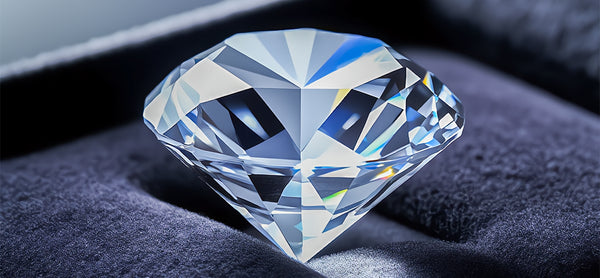
Lab Grown Diamonds aren’t a trend anymore. They're not the “budget” alternative or the second-best option. They’ve earned their place in high-end displays and on important occasions.
People still want brilliance and luxury. But they’re starting to ask, “Where did this come from?” and “What does it represent?”
And when the answer is a clean supply chain, a lower environmental impact, and a stone that’s every bit as real as its mined counterpart; that’s powerful.
A Thoughtful Kind of Luxury
At Lucira, the focus isn’t just on beautiful design (though that’s certainly part of it). It’s about making the experience of buying and wearing a diamond that feels more meaningful, less about excess and more about intention.
A Lab Grown Diamond doesn’t ask you to compromise. They have all the traits you'd look for, brightness, sparkle and weight, but they come with less worry and less doubt about their origin or cost to the planet.
And somehow, even though they’re grown in high-tech chambers, they end up feeling just as meaningful, maybe even more so. Not for how they’re made, but for what they come to represent.



